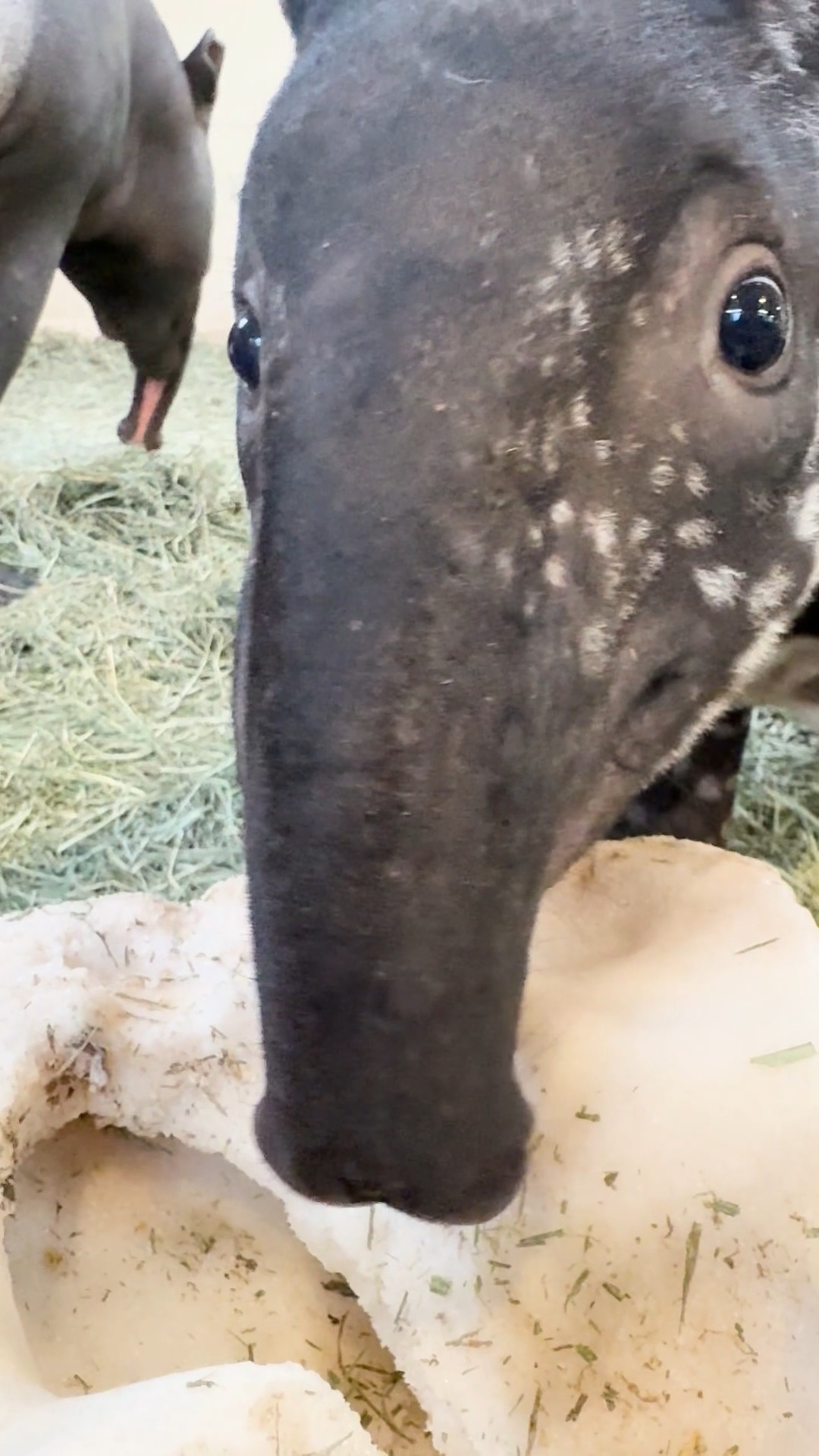- Exploring the fascinating habits and behaviors of baby Ume in her natural environment.
- The importance of environmental enrichment and sustenance in zoo management to promote natural behaviors.
- How wildlife conservation efforts are essential in the protection and survival of species like Ume.
- The role of zoos and social media in wildlife education and public engagement.
- Understanding the broader implications of wildlife conservation and natural habitat preservation.
Baby Ume has become a beloved figure across digital platforms, captivating audiences with her endearing antics and charming behavior. These seemingly simple acts of snoot boops and snack sessions highlight a broader narrative encompassing animal behavior, zoo management, and wildlife conservation efforts. Let us delve into understanding these vital components and their interconnectedness.
The behaviors exhibited by baby Ume, such as her nose touches and joyful feeding, provide insights into her natural instincts and environments. Observing such behaviors is essential for both zoo management and animal researchers as it reflects the animal’s overall well-being and adaptation to captivity. In-depth understanding of these behaviors can lead to improved enrichment programs in zoo settings. Environmental enrichment is crucial in simulating the aspects of an animal’s natural habitat, thereby promoting mental stimulation and reducing stress. For baby Ume, interactive elements like toys, various foods, and habitat alterations mimic conditions she would encounter in the wild, aiding her physical and intellectual health.
Zoo management plays an important role in creating environments that cater to the animals’ needs. While the primary goal is to ensure the safety and health of animals like Ume, there’s also an emphasis on facilitating natural behaviors. One method employed by zoos is to incorporate routine monitoring and adaptation in their care programs. By using behavioral observations and scientific data, zookeepers can fine-tune these environments. Regular interaction with both caregivers and peers also creates a social fabric vital for social animals. Moreover, the nutritional needs of animals are met through diets that reflect their natural preferences, helping maintain proper health and inducing natural foraging habits.
Wildlife conservation is at the forefront of protecting species like Ume. Many animal populations are declining due to habitat loss, climate change, and human activities. Organizations globally are working tirelessly towards preserving natural habitats and restoring populations through breeding programs and reintroduction projects. Captive breeding programs are crucial in this context, creating genetic diversity and maintaining population numbers. Zoos act as sanctuaries for threatened species and play a critical role in conservation strategies. They collaborate with various conservation bodies to facilitate research, fund projects, and implement conservation action plans.
Social media has emerged as a powerful tool in wildlife education and public engagement. Platforms like Instagram allow users to gain insight into the daily lives of animals such as Ume, sparking curiosity and fostering understanding. Regularly sharing such moments helps broaden public awareness and appreciation of wildlife conservation needs. As a consequence, these platforms increase interest in conservation initiatives and can boost support for protection efforts.
However, the implications of wildlife conservation and habitat preservation extend beyond the individuals seen in daily social media posts. The biodiversity of our planet is often under threat, with ecosystems interlinked in delicate balances. A decline in one species can have far-reaching effects on entire habitats. Increasing awareness and taking small actions can lead to broader preservation efforts. Conservation isn’t limited to programmatic actions but includes individual choices like reducing waste, supporting sustainable practices, and advocating for conservation policies. Climate change and habitat encroachment are ongoing challenges, and comprehensive strategies incorporating scientific research, policy-making, and global cooperation are necessary.
Therefore, while baby Ume’s internet fame stems from her charming demeanor, she exemplifies larger narratives of animal behavior comprehension, zoo management’s role in welfare, and the ever-crucial wildlife conservation efforts. This journey of understanding doesn’t end with the appreciation of a single animal’s quirks but encourages a deeper connection with wildlife’s intricate tapestry and the collective responsibility of preserving it for generations to come.
*****
Source Description
Enjoy a full minute of baby Ume’s snoot boops and snacking close-ups! 💗


